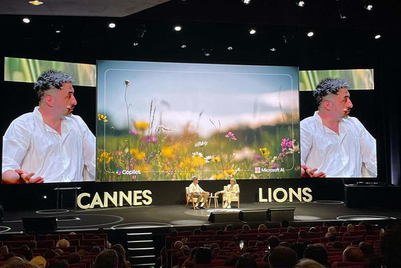
With 10 airlines servicing domestic routes and flights departing every 15 minutes, Myanmar may sound like a traveller’s dream, but too much choice can often prove a nightmare.
As recently as a year ago, buying a flight took place almost exclusively in cash, through a travel agent whose brand preference could be ‘incentivized’ by the airline. Online booking options such as flymya.com, which empower travelers to choose the airline, time and price they want, would seem to be a positive change—were it not for the fact that many of the flights don’t actually fly.
If a flight isn’t economically viable, it’s not uncommon for an airline to cancel at very short notice, assigning passengers to a different airline, a different time and even a different, indirect route.
A logo, a tagline and an aircraft do not a strong brand make—certainly not one strong enough to overcome a lack of product.
How then, can so many airlines survive? And how can international brands looking to enter Myanmar’s already crowded airspace futureproof themselves from the category’s latent ambivalence?
Build the brand
Differentiate from the competition by standing for something and by delivering passenger benefits above and beyond a plane ticket. If you want your passengers to feel safe with you, don’t write that in the tagline; live and breathe it in customer service, throughout the entire passenger experience—from booking to check-in, to in-flight then baggage handling. Ensure safety with your technology, your attention to detail, and all your brand communication. If your brand promises to fly people beyond their expectations, do just that. Find where expectation ends and where your unique brand experience can begin.
Broaden the brand experience
Bring your brand strengths to life in ways that extend beyond air travel; sponsorships, partnerships, experiential activations all give people a chance to buy into your brand at times when they aren’t looking to travel. For example, Bangkok Airways offers a ‘Blue Ribbon Lounge' VIP cinema experience at Siam Paragon in Bangkok.
Lead the code share
If code share with a competitor is the only way to ensure your passengers reach their destination, take ownership of it and lead with your brand at the forefront. Handing your passengers to another airline has the potential to damage your brand and strengthen theirs in one move. Emirates extends the benefits of its baggage policies, frequent-flyer schemes and lounge access to passengers traveling on Qantas flights as part of their codeshare brand commitment.
Communicate more
Don’t reserve communication for where and when people are already considering air travel. In such a nascent market as Myanmar, seize the opportunities to inspire a desire to travel, to help people plan for travel and to be sure your brand will be top of mind when the time is right. Once people have engaged with your brand, build a relationship; collect contact information to continue the conversation and invite them to enjoy more than whatever a Facebook Like unlocks.
Prioritise customer service
Enable customers to get in touch with your brand and team at all stages of their journey with multi-media customer service: call centres, Facebook response, website, chatbots, popup kiosks, flagship offices and strong airport presence. If it’s a big ticket item, people will have questions, so make it easy for them to ask.
Reward loyalty
Once people have bought into your brand, reward them for continuing to support you. Loyalty programs, priority passes, prize draws and exclusive offers will all help to combat the power wielded by airlines with the most convenient departure times.
It will be a collective effort from all carriers, domestic and international, and the wider travel industry that leads to a shift towards brand preference for one airline over another. The first step, however, will be for all competitors to infuse real meaning and quality service into the identities they have, and to communicate this effectively.

Milla Chaplin is head of strategy at Y&R Yangon.
|


.jpg&h=334&w=500&q=100&v=20250320&c=1)



.png&h=334&w=500&q=100&v=20250320&c=1)



.png&h=334&w=500&q=100&v=20250320&c=1)





.png&h=268&w=401&q=100&v=20250320&c=1)
.png&h=268&w=401&q=100&v=20250320&c=1)

